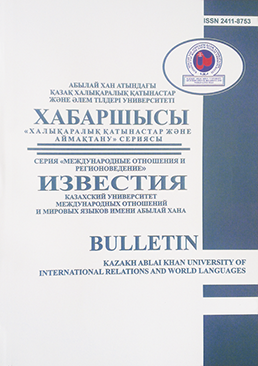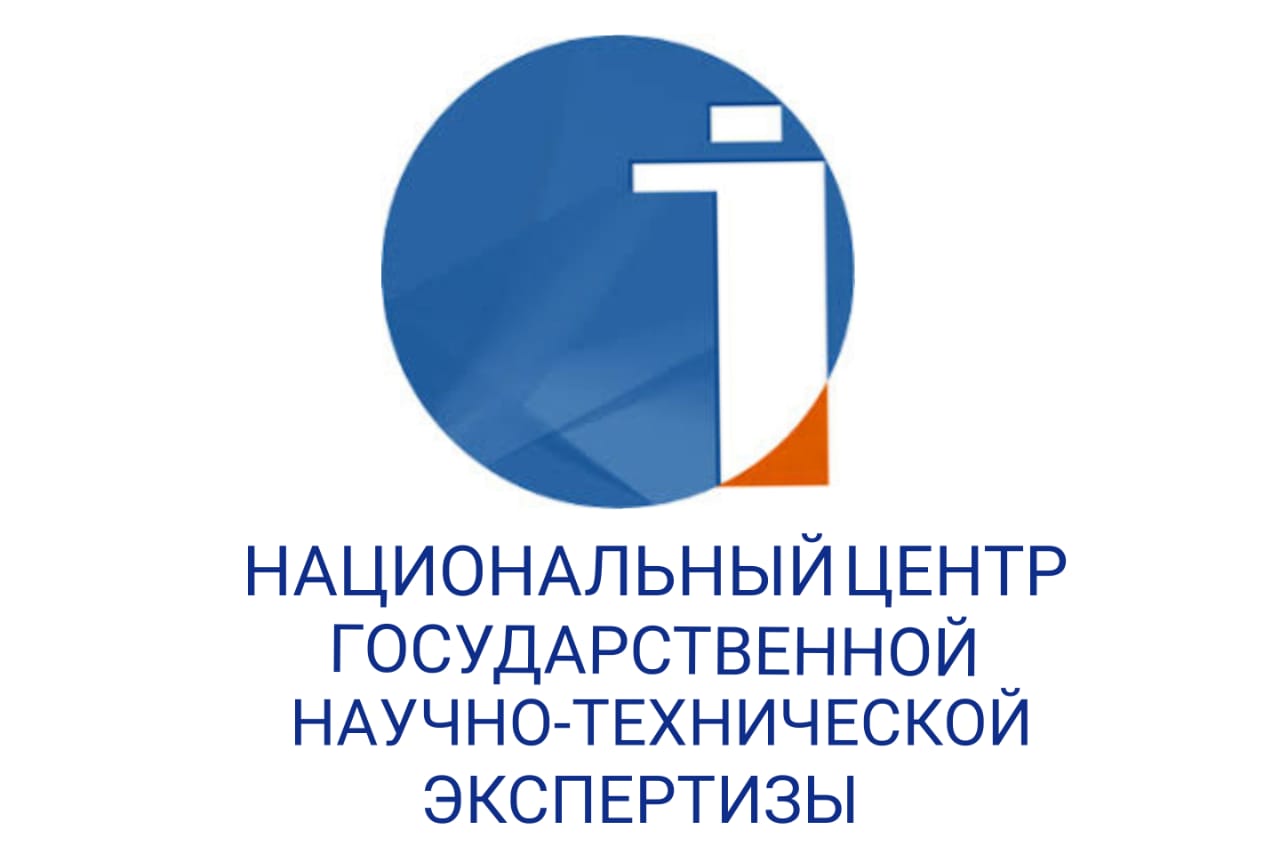EDUCATIONAL POLICY IN THE CENTRAL ASIAN REGION: A NEW COURSE OF DEVELOPMENT
DOI:
https://doi.org/10.48371/ISMO.2024.56.2.009Keywords:
Central Asia, Kazakhstan, soft power, educational policy, academic mobility, Turkic civilization, foreign policy, cultural relationsAbstract
International challenges and threats of the 21st century, as well as the geopolitical role of Central Asia, have underscored the need for a regional approach to the internationalization of education. In 2021, Kazakhstan, Kyrgyzstan, Tajikistan, Uzbekistan, and Turkmenistan adopted the Turkestan Declaration on the Basic Principles of the Central Asian Higher Education Area (CAHEA). The purpose of this association is to strengthen and promote the educational space of Central Asia by establishing priority areas of development on mutually beneficial terms. The main factors driving the development of the Common Central Asian Higher Education Space are a shared history, cultural values, religion, geopolitical and geostrategic goals, linguistic background, and more. This study aims to provide a comprehensive analysis of the educational space in Central Asia.
The study's objective is a thorough analysis of educational policy in the sphere of higher education within the Central Asian region, considering contemporary political and economic relations. The research methods include interdisciplinary, institutional, and multiactive approaches, intellectual intuition, content analysis, comparativistics, and other general scientific methods.
The study analyzed the educational policies of each Central Asian country based on socio-economic indicators. It proposed a holistic program of national identity by S.B. Bulekbaev, focusing on the state of the Turkic world and the revival of Turkic self-consciousness and spirituality. Thus, education, as an instrument of soft power in the foreign policy of Central Asian countries, acts as a resource for strengthening friendly relations both within the region and with other foreign countries, expanding cultural ties, enhancing international cooperation, broadening business contacts, improving knowledge quality, and advancing human capital development. It also contributes to the economy (tourism, services, etc.), the creation of influential scientific centers (strengthening material and technical bases), and increasing the competitiveness of higher education institutions.







